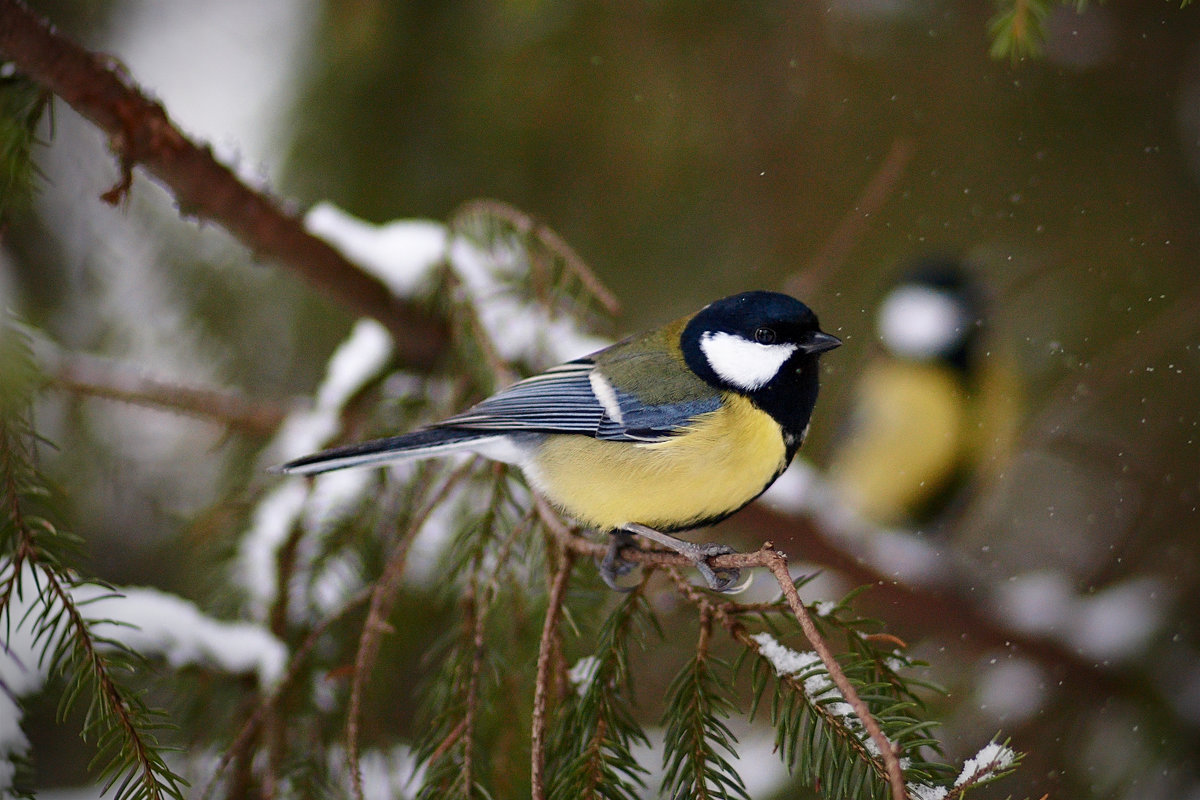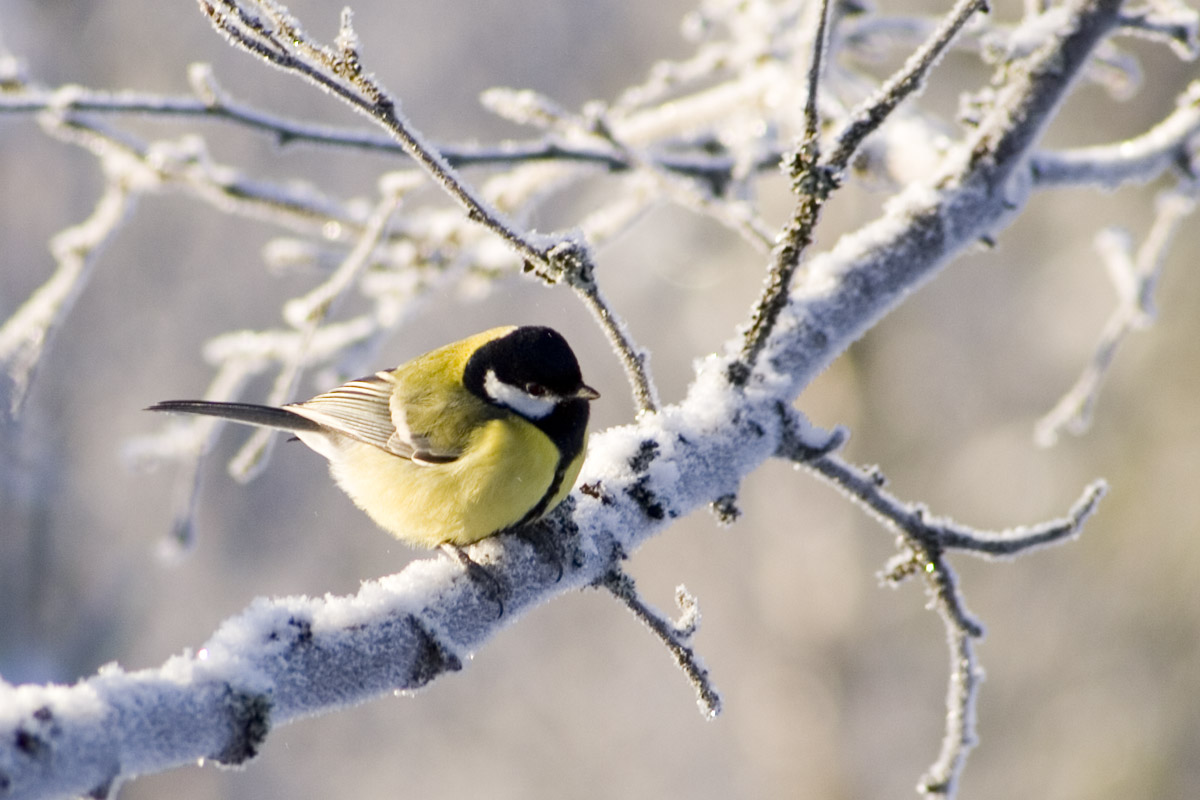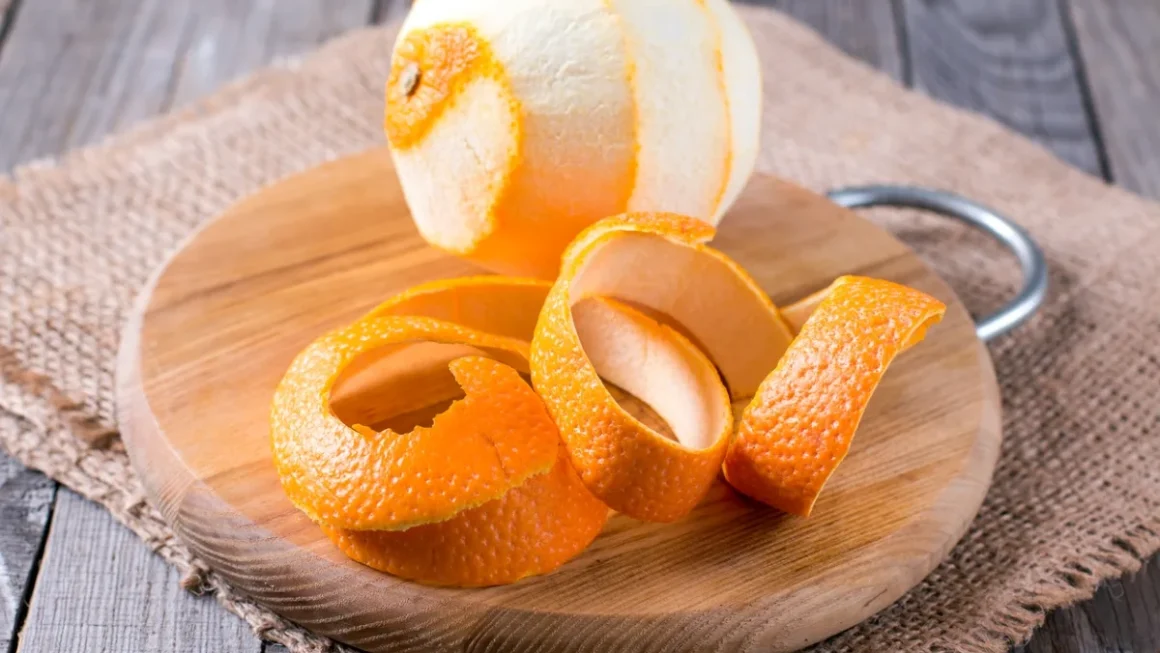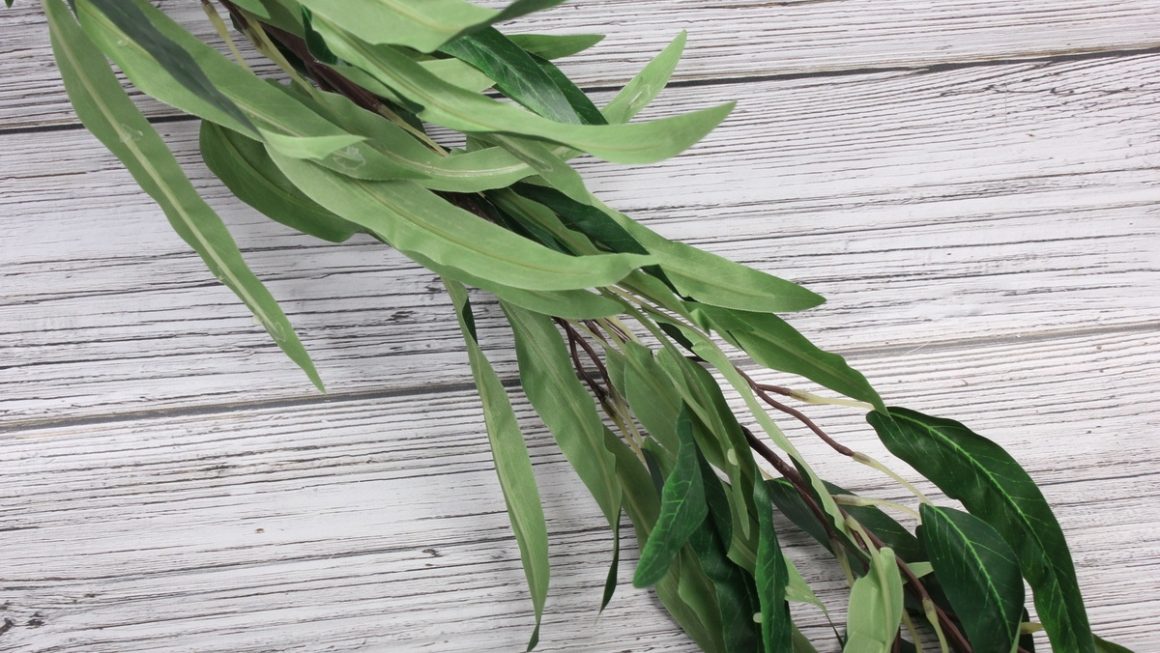Winter is approaching, bringing with it difficult conditions for our feathered friends.
Whether you live in the city or the countryside, it is essential to consider their well-being by providing them with a natural refuge. Even the smallest gardens can play a key role in protecting biodiversity, particularly by planting plants that are suited to the cold season. What types of plants should you choose to provide birds with shelter throughout the winter? Here are some practical tips to help you prepare your garden to welcome and protect these winged companions right now.
Why is it essential to plant for birds before winter?
In winter, natural resources become scarce for birds. The cold, lack of food and hiding places often make their survival a struggle. Planting suitable plants is a natural and effective way to provide them with safe shelter from predators, wind and snow. What’s more, these plants often provide them with valuable food in the form of berries or seeds.
Preparing your garden now gives the plants time to establish themselves before the cold weather sets in. Birds will then be able to benefit from your planting as soon as the temperature drops, while you can enjoy watching them in your garden.
The best plants for providing shelter and food for birds
1. Berry bushes: a refuge and a source of food
Berry bushes are essential for attracting and sheltering birds throughout the winter. They play a dual role: providing hiding places thanks to their dense foliage and feeding birds with their fruits, which are often available at a time when resources are scarce.
- Holly (Ilex aquifolium): in addition to its decorative appearance with its evergreen leaves and red berries, it offers good protection from the weather and predators. Its berries, although not the first to be eaten, become highly prized in times of scarcity.
- Firethorn: this thorny shrub, often called ‘burning bush’, produces an abundance of small red, orange or yellow berries that attract many birds, such as blackbirds and thrushes. In addition to providing food, its thorns deter predators, offering a safe refuge.
- Cotoneaster: very hardy, this cold-resistant shrub produces small red berries that remain on the plant throughout the winter, providing a real feast for birds!
2. Fruit trees: a natural shelter
If you have the space, planting fruit trees is a sustainable investment in the biodiversity of your garden. In addition to producing fruit for your own consumption, they are a valuable source of food for birds.
- Apple tree: in autumn, fruit that has fallen to the ground or been left on the branches is a godsend for birds such as thrushes and starlings.
- Rowan trees: with their clusters of red berries, these trees are particularly attractive to birds. Their fruit, which remains on the tree throughout winter, is highly prized by blackbirds and waxwings.
3. Conifers: shelter from the wind and cold
Conifers are particularly interesting for birds in winter because they keep their needles all year round, providing ideal protection from the elements. Their dense foliage creates a favourable environment for birds to rest or nest.
- Scots pine: this native conifer has broad, dense branches that are perfect for sheltering birds.
- Silver fir: although it grows slowly, it is ideal for creating a resting area for birds, especially in mountainous regions or areas subject to cold winds.
4. Grasses and perennials to protect the soil and provide hiding places
In addition to trees and shrubs, grasses and other perennials play an important role in the balance of the garden. Their stems, even after flowering, remain in place throughout the winter, providing hiding places for small birds.
- Blue fescue: its dense tufts create shelter for small birds such as sparrows and tits.
- Miscanthus: this tall ornamental grass produces sturdy stems that remain upright throughout the winter, providing excellent shelter for birds while enhancing the garden’s appearance.

How to care for these plants in winter?
Once the plants have been chosen and planted, it is essential to care for them properly to maximise their benefits for birds. Here are a few tips to keep your garden welcoming throughout the winter:
- Remember to water regularly before the first frosts so that the roots take hold properly.
- Leave dead leaves on the ground: they create a natural habitat for insects, which will serve as food for birds.
- Avoid trimming your hedges in autumn: this could destroy berries or potential shelters that birds will use throughout the winter.
Prepare your garden to help birds throughout the winter
Planting plants suitable for birds now will provide them with shelter and food during the cold season. Berry bushes, conifers, fruit trees and grasses: every plant has a role to play in helping birds survive the winter. Not only will you be helping them through this difficult period, you will also be beautifying your garden and encouraging biodiversity. So why not start today and transform your garden into a real haven for local wildlife?




